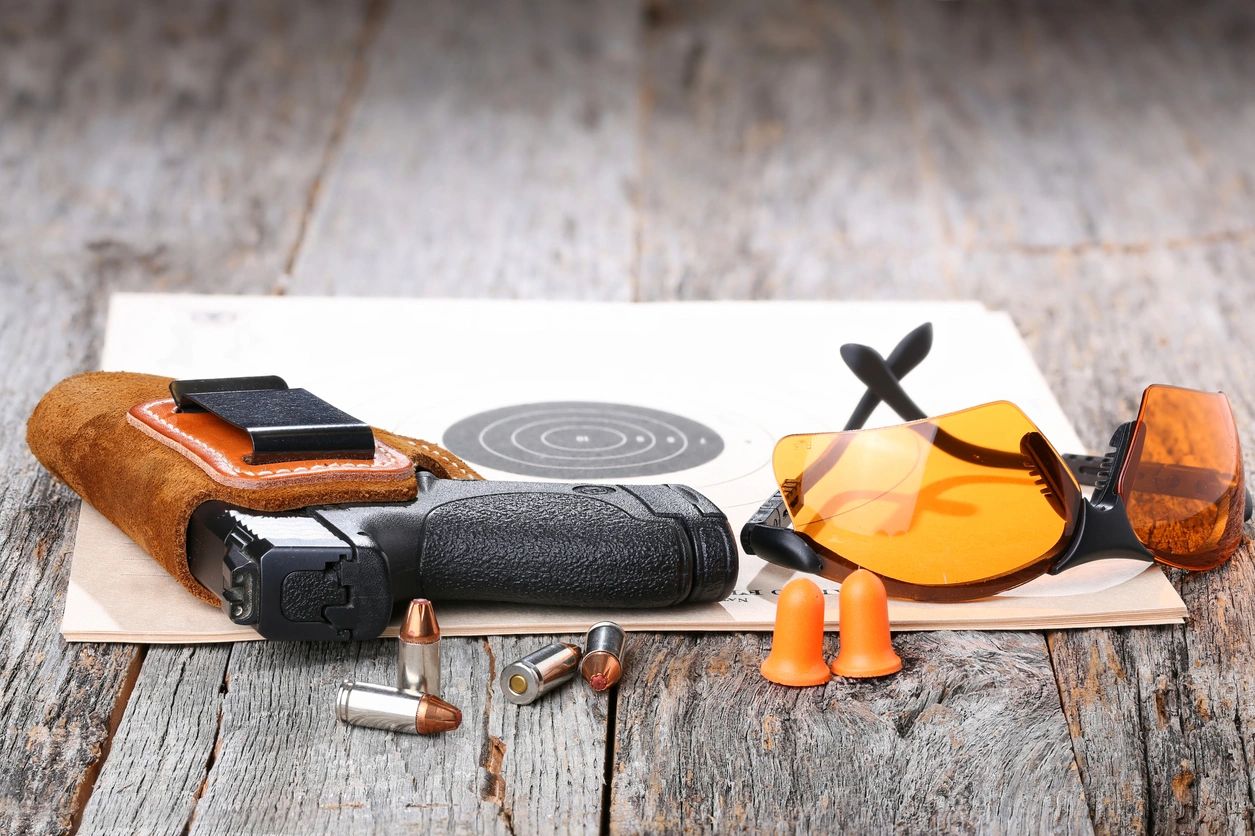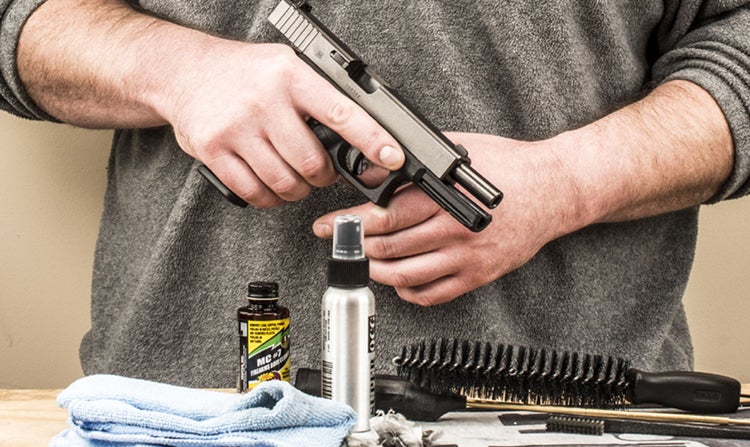Understanding How Guns Work: A Comprehensive Guide
Guns for Beginners – Guns are complex mechanical devices that have been used for centuries for hunting, self-defense, and sport. This article aims to demystify how guns work by explaining their basic components, the firing mechanism, and the different types of firearms available today. Whether you’re a novice or an enthusiast, understanding the fundamentals of how guns operate is essential for safe and responsible use.
Guns for Beginners – Basic Components of a Gun
- Barrel: The barrel is a metal tube through which the bullet travels when fired. The inside of the barrel is often rifled, meaning it has spiral grooves that spin the bullet, stabilizing it for greater accuracy.
- Action: The action is the part of the gun that loads, fires, and ejects the ammunition. It includes the trigger mechanism, hammer or firing pin, and the bolt or slide.
- Stock: The stock is the part of the gun held by the shooter. It provides support and stability, and can be made from various materials including wood, plastic, or metal.
- Magazine: The magazine holds the ammunition and feeds it into the chamber. It can be internal (fixed) or detachable.
- Sights: Sights are devices used to aim the firearm. They can be simple iron sights or more complex optical scopes.
Guns for Beginners – The Firing Mechanism
Understanding how guns work requires knowledge of the firing mechanism, which can be broken down into several key steps:
- Loading: The ammunition (cartridge) is loaded into the chamber. This can be done manually or automatically, depending on the type of firearm.
- Cock the Gun: Cocking the gun prepares it to fire. This usually involves pulling back the hammer or bolt, which compresses a spring.
- Pulling the Trigger: When the trigger is pulled, it releases the hammer or firing pin. This strikes the primer on the base of the cartridge, igniting the gunpowder.
- Firing: The ignited gunpowder creates a high-pressure gas that propels the bullet down the barrel and out of the muzzle at high speed.
- Ejection: After firing, the empty cartridge case is ejected from the gun to make room for the next round.
Guns for Beginners – Types of Firearms
There are several types of firearms, each with unique characteristics and uses:
- Handguns: These are small, portable guns designed to be fired with one hand. They include revolvers and semi-automatic pistols.
- Revolvers: Have a rotating cylinder that holds multiple cartridges. Each pull of the trigger rotates the cylinder and aligns a new cartridge with the barrel.
- Semi-Automatic Pistols: Use the energy from firing to eject the spent cartridge, load a new one, and cock the hammer or striker.
- Rifles: Long-barreled guns designed for precision shooting. They are used for hunting, sport shooting, and military applications.
- Bolt-Action Rifles: Require manual operation of the bolt to load and eject cartridges.
- Semi-Automatic Rifles: Automatically load the next round after firing, allowing for faster shooting.
- Shotguns: Designed to fire a spread of shot pellets rather than a single bullet. They are used for hunting birds and other small game, as well as for sport shooting.
- Pump-Action Shotguns: Require manual operation of a sliding forearm to load and eject cartridges.
- Semi-Automatic Shotguns: Use the energy from firing to load the next round automatically.
Guns for Beginners – Safety and Responsible Use
Understanding how guns work is crucial for safe handling. Here are some basic safety tips:
- Always treat every gun as if it is loaded.
- Keep your finger off the trigger until you are ready to shoot.
- Never point a gun at anything you do not intend to shoot.
- Be aware of your target and what is beyond it.
Conclusion
Guns are intricate devices with a rich history and a wide range of applications. By understanding the basic components, firing mechanisms, and different types of firearms, individuals can appreciate the complexity of these tools and handle them responsibly. Whether for sport, hunting, or self-defense, knowledge of how guns work enhances both safety and performance.




